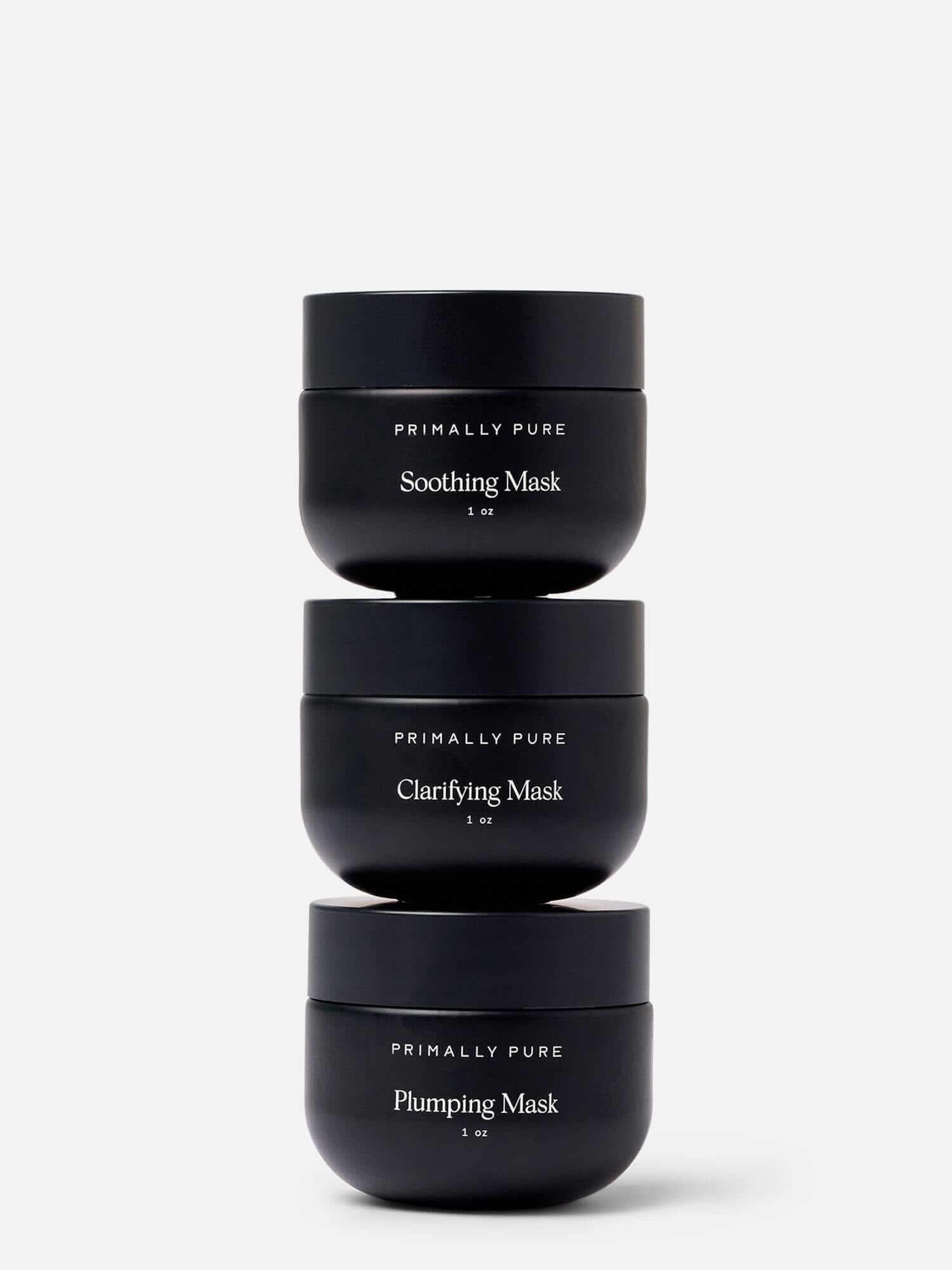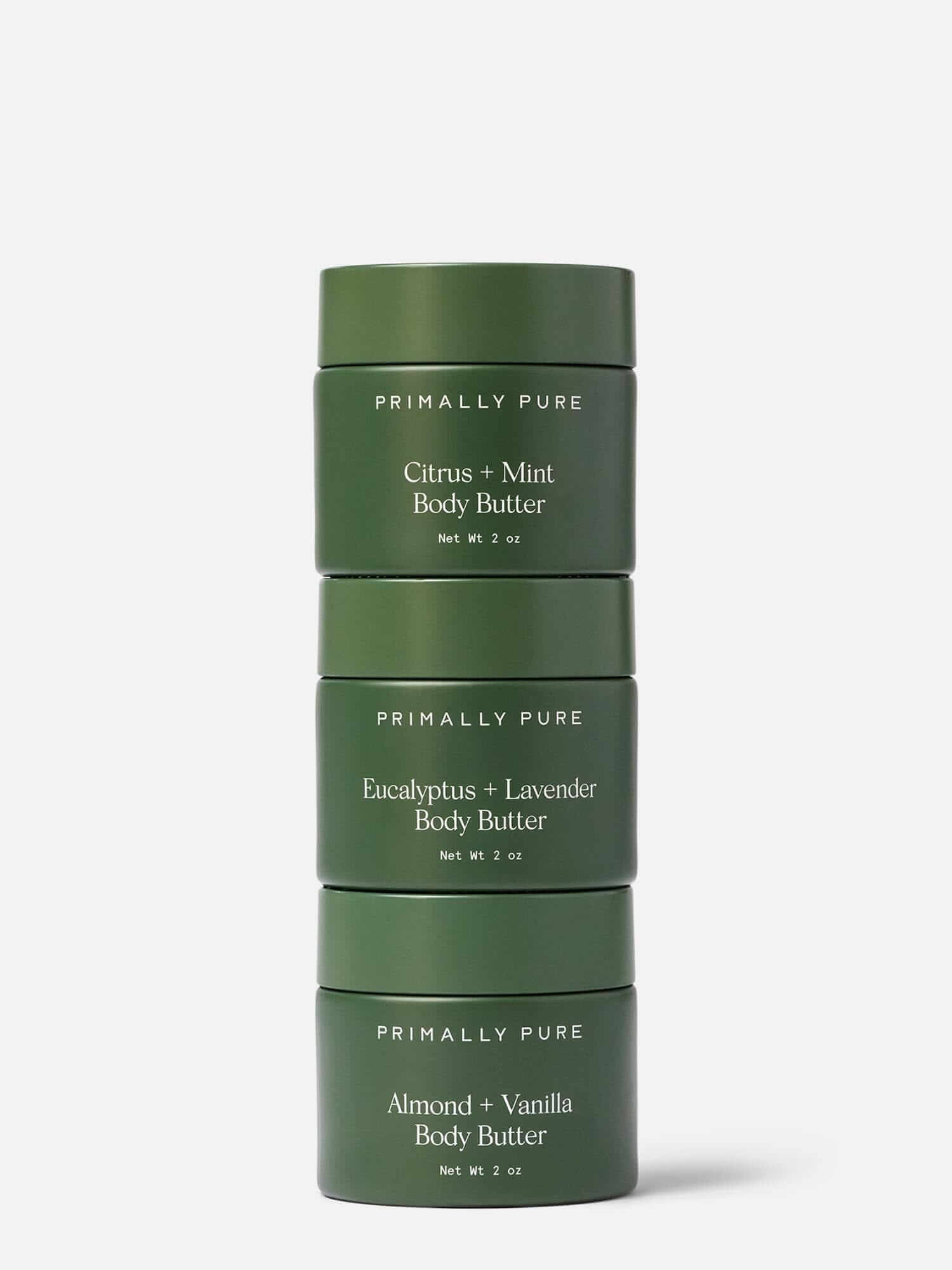Honey For Skin? Check Out These Nourishing Benefits + Where It Comes From
Summary
Taking a deeper look at one of our favorite powerhouse additions: using honey for skin. From ancient times to modern day, the benefits + origins are fascinating.
If you’ve been following along this year, you probably already know we’ve been focusing on impact a lot. We don’t want to practice (or encourage) thoughtless consumerism and unsustainable practices.
Instead, we want to have a deeper appreciation for where our ingredients come from. We want to dig in with our community, taking time to pause and consider the origins of our most precious natural resources. Especially when it comes to skincare because, well, that’s kind of our thing. ;)
So what’s the deal with honey for skin? We think this sticky little miracle deserves a spotlight.
In our hustle culture, it’s far too easy to live disconnected – from the products we apply to the food we put on our plates. We want to reconnect our community to the sources of their skincare products. We hope this reconnects you to your skin and our innate connection to (and appreciation for) nature.
Nature has provided us with many incredible resources. Using honey for skin (along with its cousin, beeswax) is a resource we can’t get over. This is the real deal, PP fam.
This is a sweet feature you don’t want to miss.
When Did People Start Using Honey for Skin?
When you think about it, it seems a bit weird that honey for skin even became a thing, right? Well, here’s how it all started.
The Honey Association (yes, it’s a real thing) says this about the origins of honey:1
“Cave paintings in Spain from 7000BC show the earliest records of beekeeping; however, fossils of honey bees date back about 150 million years!”
Most sources say honey for skin, specifically, was first used by ancient Egyptians.
In fact, one of Cleopatra’s most-loved beauty rituals was a milk and honey bath.
But a variety of ancient cultures like the Mayans, Egyptians, Romans, Greek, and Babylonians2 all leaned on honey for skin ailments and other issues like:
- Wounds
- Burns
- Skin ailments
- Eye diseases3
- Digestive issues
- Lung disease
- Oral ailments2
Bees often symbolized royalty in ancient cultures. So it only makes sense that honey was revered as a sacred + potent medicinal resource.1
Our ties to honey have been deeply medicinal since the beginning. It’s no wonder this ingredient perfectly complements our formulas designed to heal + restore your skin health.
Honey for skin, for the win.
How Is Honey Created?
While some of us know the basics, many people don't. Plus, this little biology session is fascinating. Let's get into how honey is created so you can truly appreciate its importance in how it benefits your skin health.
First of All, Why Do Bees Make Honey?
Bees make honey to provide energy for their long flights and heat inside the hive during the winter.4 Stay tuned to learn how we source honey responsibly through seasonal surplus.
The Collection Process
The first step is something we’ve all seen before: bees perch on flowers, collecting nectar.
→ The nectar is then stored in their “honey stomach.” This is separate from a bee’s normal stomach to prevent them from digesting the honey. The honey stomach is purely for transporting + breaking down the nectar into simple sugars – glucose and fructose.5
While collecting nectar, the bees also collect pollen. It’s stored in stiff hairs on their hind legs, called the “pollen basket.”5 (How cute!)
→ After collecting nectar and pollen from around 150 flowers, they’ll make their way back to the hive.5 Most bees carry over half their weight in pollen and nectar.6
Back at the Hive
Once they return to the hive, the bees “pass off” the honey to the worker bees. The workers eat and regurgitate the sugar nectar until it’s the perfect consistency.
Keep in mind: this is NOT throw up, since it’s going to their “honey stomach,” not their digestive stomach. ;)
Then they store the future honey in the honeycombs. The bees use their wings to fan the combs, which evaporate moisture and give it the classic honey consistency and taste. They also create a wax cap that seals off the honey inside the comb.
The process is so intuitive. How do these little bees know how to do all this?
It’s incredible, right?
The final step: beekeepers harvest the honey by collecting the honeycomb frames from the hive and scraping off the wax caps.
And that’s just the beginning for us at Primally Pure.
How Much Honey Do Bees Make?
Most sources say a healthy, thriving hive will produce around 200 pounds of honey per year. But it’s also important to note: generally, a hive will produce about 55 pounds of extra honey each year. Safe to say, there’s a surplus we can source sustainably.
This resource comes from an immense amount of dedicated work from the bee colony. To create a pound of honey, bees fly around 55,000 miles and collect from two million flowers.6 Now, that’s a work of art. Yet, at the same time, they’re incredibly efficient.
Remember how we talked about the honey supplying energy for their flight? Check out this stat from PBS:6
So don’t worry, using some of the surplus honey still leaves plenty to go around.
What a journey, right? Converting simple flower nectar into honey all the way to your nourishing PP products that deliver the benefits of honey for skin. It’s inspiring and humbling to realize how far this ingredient travels to end up in your precious skincare routine.
Full of nourishing compounds and healing properties, it’s one we can’t overlook. With the incredible journey it takes + the healing benefits it offers, it only makes sense to consider our gratitude for this natural resource.
Why We Use Honey + Beeswax in Our Products
It might seem obvious why we use honey for skin ailments in our products. We chose both, beeswax and honey, for skin nourishment for a variety of reasons. Let’s take a deeper look.
Benefits of Honey for Skin
Here are just a few of the reasons we love using honey for skin rejuvenation + healing:
- Enzymatic exfoliating properties soften your skin texture
- Acidic ph prevents the growth of microbes3
- Antibacterial properties speed up wound healing
- Antioxidants protect against free radicals that damage + cause premature aging
- Anti-inflammatory protection for skin health
- Humectant qualities provide incredible moisture to your microbiome
- Improves oxygen circulation in your skin tissues7
There’s no convincing us that honey for skin isn’t magical + full of healing powers. We use honey in our clarifying bar and all our masks.
Benefits of Beeswax for Skin
We can’t overlook the beauty of honey’s counterpart: beeswax! It actually contains many similar benefits in a different format. Here are some of our favorite benefits of using beeswax in your skincare routine:8
- High in Vitamin A content that exfoliates and hydrates your skin
- Humectant that attracts water molecules, locking in moisture
- Antibacterial to help prevent irritation, infection, and inflammation
- Anti-inflammatory protection against damage and irritation
- Non-comedogenic and soothing skin protection
Many of our best-selling products, like our balms, deodorants, body butters, and candles contain beeswax.
We Believe In Animal-Based Ingredients + Ethically Using Honey for Skin
We think honey for skin makes sense. After all, it was used by our ancestors for a good reason. When sourced ethically/responsibly, animal-based products are a tremendous natural resource. We’re thankful we get to use them to supplement healthy skin.
The same thing holds true for other animal-based ingredients in our products, like tallow and emu oil. Respectfully using animal-based ingredients is a value we proudly stand by.
Why? Because when you know exactly where your resources come from, it’s much easier to ensure they support your standards and align with your beliefs.
Our products contain intuitive blends of plant-based ingredients and animal-based ingredients. Together, these provide the most essential combinations of nutrients your skin needs to thrive + glow.
Another reason we support using honey for skin: Honey bees actually make more honey than they need. Though this isn’t widely advertised, it’s easy to find confirmation with a quick Google search.
With this knowledge, we feel confident our honey use is not depleting a natural resource. While, of course, the honey is part of their natural life cycle, we aren’t harming bees by respectfully harvesting the honey.
What’s even better: We’re able to locally source our honey for skin purposes, lining up with our sustainable values. Sustainability is important to us at Primally Pure. So we’re proud to say our honey is sourced from a local Murrieta-based company right down the road.
Here’s what you need to know about their honey:
- It’s not processed – it’s raw and unfiltered, bottled right out of the bee hive! That’s as pure as you can get when it comes to honey for skin! (And don’t worry about contamination, remember the antibacterial properties?)
- This bee farm only collects in the summer when there’s an excess of honey. This ensures the bees always have enough honey to stay warm during the winter.
We love the respect they have for our little bee friends. It’s an exceptional company. We also source our unrefined beeswax from the same company for our body butter and baby balm.
Any other beeswax you see (deodorants and lip balms) in the ingredients are cosmetic-grade beeswax decolorized and filtered to remove impurities. They’re naturally (physically) processed, with no chemical processing.
With these things in mind, using honey for skin is a no-brainer. Knowing we can respectfully and sustainably source this powerful ingredient gets us fully on board.
Returning to the Source Returns Gratitude
From our ancient ancestors to modern-day beauty products, honey is a staple of a rich, well-lived life.
We hope you enjoyed taking a moment to ponder the source of such a potent + nourishing ingredient with us. Whether you’ve been using honey for skin for years or you’re just a little curious, we promise there’s something for every skin state in this magical little ingredient.
What ingredient would you like to learn about next?
XO
Sources:
- The Honey Association | A Brief History of Honey
- Springer Link | Brief History and Traditional Uses of Honey
- Amish Honey | Scientists: Honey Is Used by Ancient Civilizations for Medicinal Purposes
- National Honey Board | How Honey Is Made
- Healthy With Honey | Body Parts of a Honey Bee. The Worker Bee.
- PBS NOVA Online: The Buzz About Bees: A Flush Fund of Fascinating Facts
- Pub Med | Stingless Bee Honey, the Natural Wound Healer: A Review
- Skincare.org | Beeswax for Skin
Pin your fav blog post below:





Leave a Comment